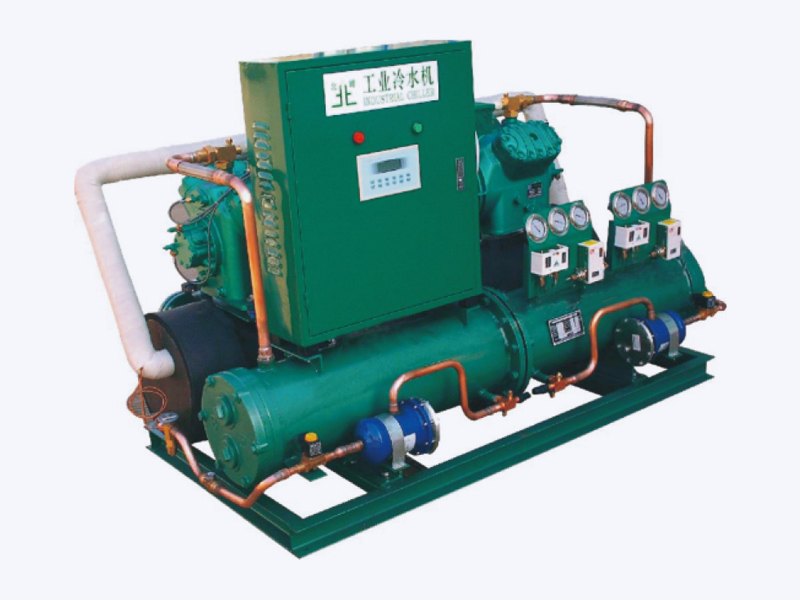Variable speed compressors are a critical innovation in modern chiller systems, designed to adapt to fluctuating cooling demands by modulating their operating speed. Unlike traditional fixed-speed compressors that operate at full capacity regardless of the load, variable speed compressors can adjust their speed to match the precise cooling requirement at any given time. This modulation results in significant energy savings, as the compressor only uses the power necessary to meet the current load. By reducing the frequency of on/off cycles, variable speed compressors minimize mechanical stress, thereby extending the lifespan of the chiller and reducing maintenance costs. This capability is particularly beneficial in environments with widely varying load profiles, where the cooling demand can change rapidly.
In chiller systems that consist of multiple units or compressors, load sharing and staging are essential features for managing varying demands efficiently. Load sharing involves distributing the cooling load evenly across all available chillers, ensuring that no single unit is overworked while others remain idle. Staging, on the other hand, refers to the sequential activation or deactivation of chillers or compressor stages based on the current load. For instance, when the demand increases, additional chillers are brought online gradually, and when the demand decreases, units are taken offline in a controlled manner. This approach not only optimizes energy use but also enhances system reliability by preventing excessive wear on individual units. Staging allows for maintenance or downtime on specific units without compromising the overall system performance.
Modern chiller systems are equipped with advanced control systems that leverage real-time data and sophisticated algorithms to manage the chiller's operation. These control systems continuously monitor key parameters such as ambient temperature, return water temperature, and load requirements. Based on this data, the control system can dynamically adjust setpoints, flow rates, and compressor operation to maintain optimal performance. For example, if the system detects a decrease in load, it can lower the chilled water flow rate or reduce compressor output to save energy. These control systems often include predictive capabilities, allowing the chiller to anticipate changes in load based on historical data or external factors, thus preemptively adjusting operations to maintain stability and efficiency.
The economizer mode is a feature in some chillers that allows the system to take advantage of favorable outdoor conditions to reduce mechanical cooling load. For instance, during cooler weather, the economizer can utilize outdoor air or water to partially or fully meet the cooling requirements, bypassing the need for compressor operation. This mode is particularly effective in regions with significant temperature variations, where the chiller can operate in economizer mode for extended periods. By reducing the reliance on mechanical cooling, the economizer mode not only lowers energy consumption but also decreases wear and tear on the system, resulting in lower operational costs and extended equipment life.
Semi-Hermetic Industrial Chiller


 English
English عربى
عربى 简体中文
简体中文










.jpg?imageView2/2/w/300/h/300/format/webp/q/75)

